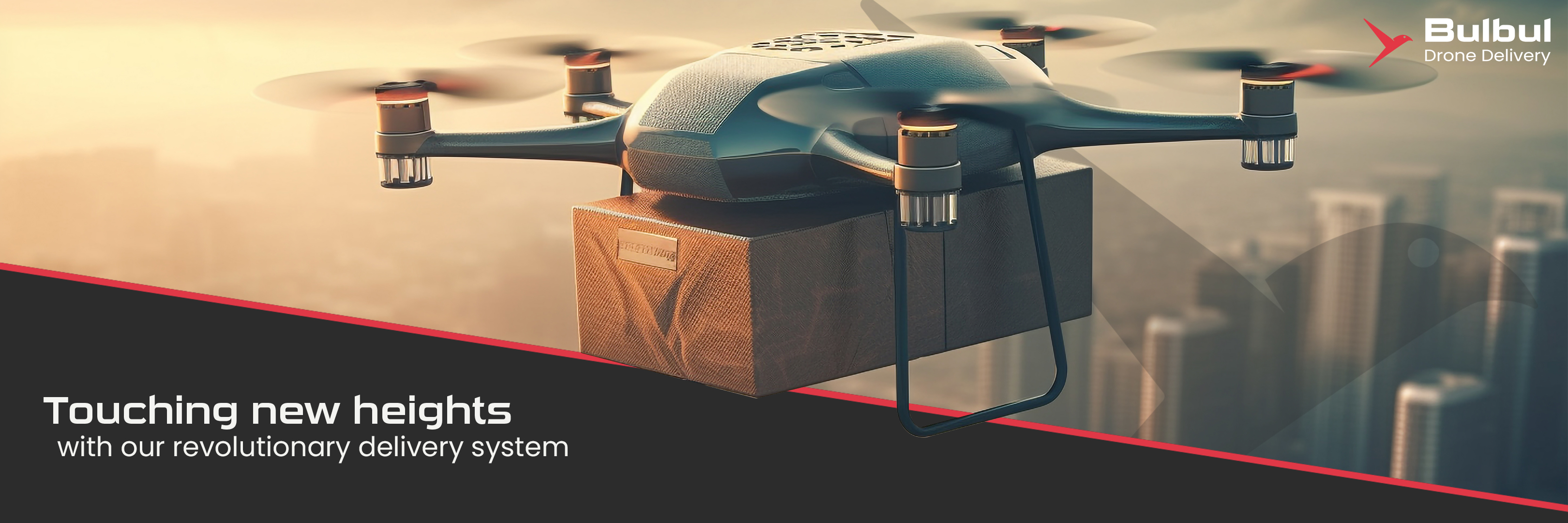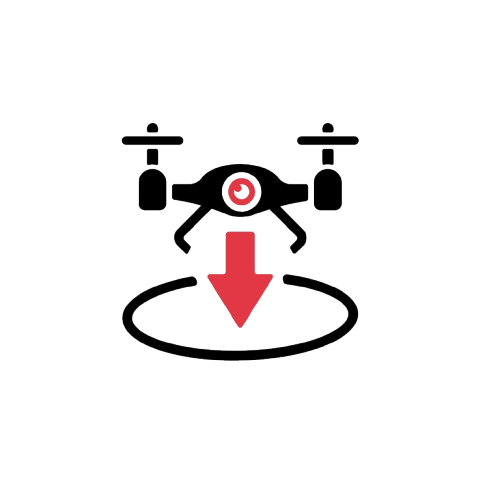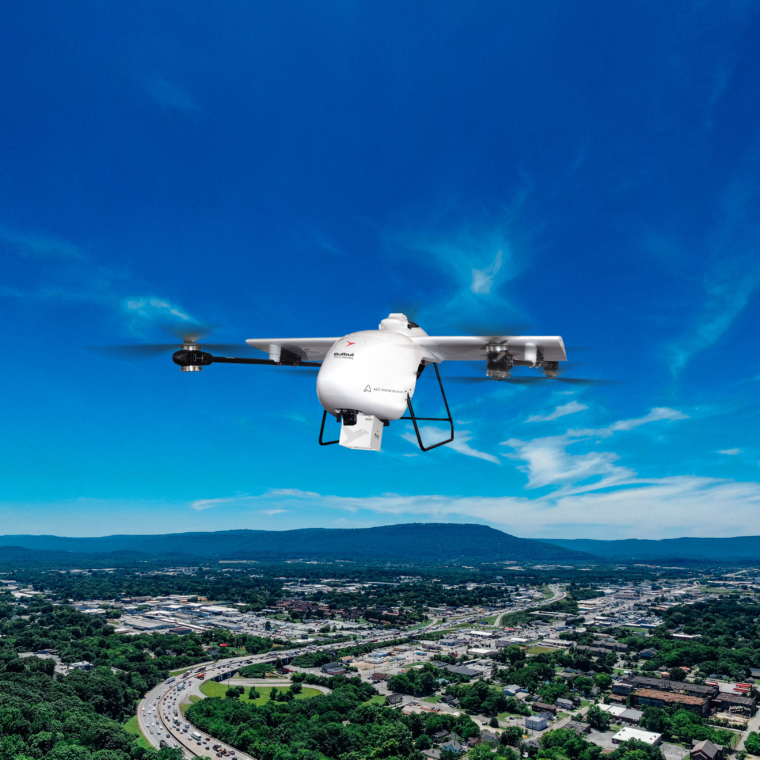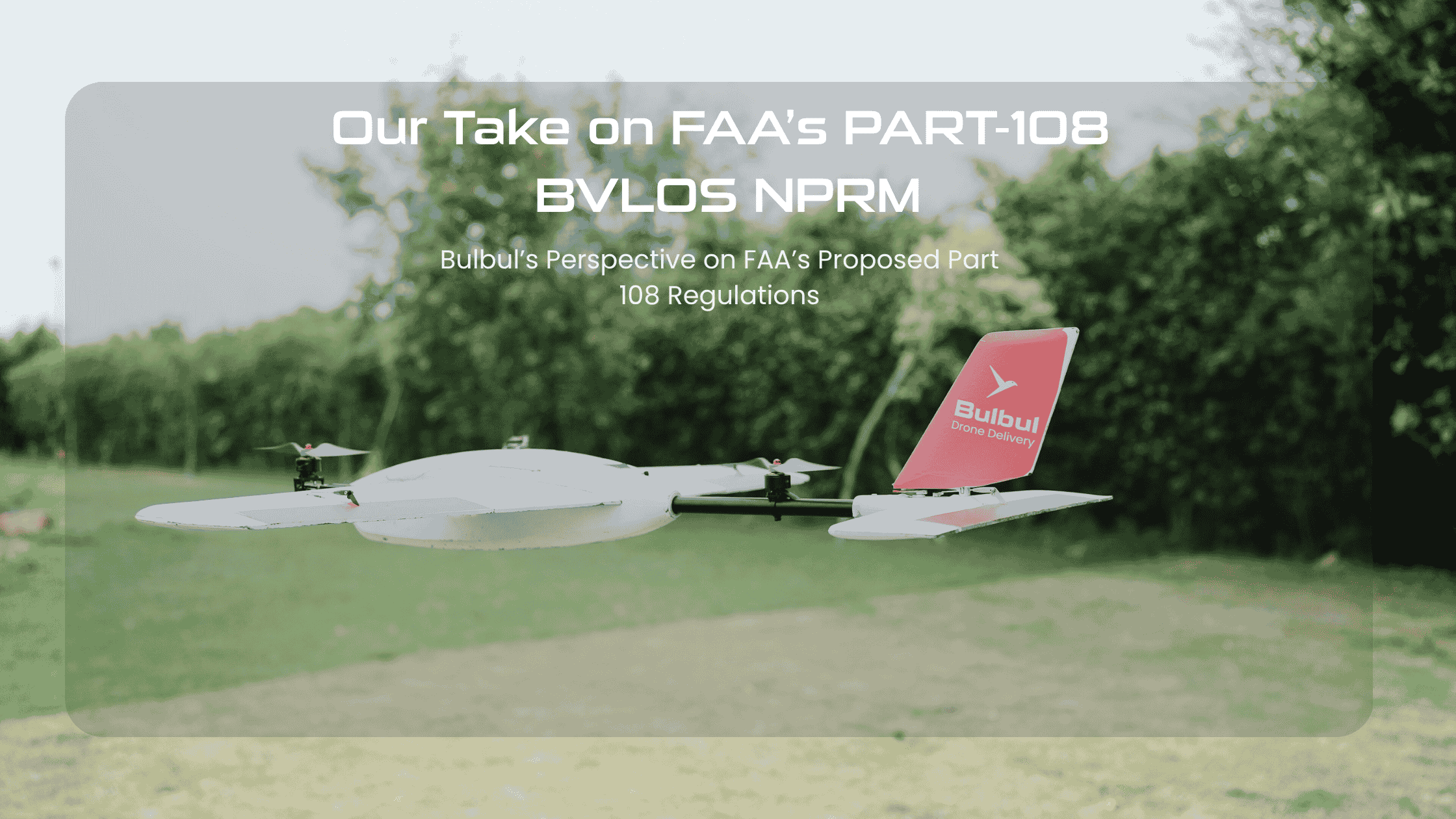In the dynamic realm of modern logistics, the advent of drone technology is poised to redefine the last-mile delivery landscape. This journey through the latest trends and advancements will delve into the potential benefits, challenges, and the profound impact on customer experiences.
Advancements in Drone Technology: The Tech Unleashing the Skies
Autonomous Navigation :
Autonomous drones are equipped with cutting-edge sensors and machine-learning algorithms that enable them to navigate urban landscapes with unprecedented precision. These systems allow drones to dynamically adapt to their environment, ensuring safe and efficient last-mile deliveries.
Beyond Line of Sight (BVLOS) Operations :
Recent regulatory advancements have expanded the possibilities of Beyond Visual Line of Sight (BVLOS) operations. This regulatory shift is crucial in unlocking the full potential of drones, allowing them to cover longer distances and access remote areas, further extending the reach of last-mile deliveries.
AI and Machine Learning Integration :
The integration of artificial intelligence (AI) and machine learning (ML) in drone technology has revolutionized route planning and real-time decision-making processes. These intelligent algorithms optimize delivery routes, adapt to dynamic conditions, and enhance the overall efficiency of last-mile logistics.
Swarming Technology :
Swarming technology has introduced a collaborative approach to drone operations, allowing a fleet of drones to work seamlessly together. This technology enhances delivery capacity, provides redundancy, and ensures a continuous flow of deliveries even in high-demand scenarios.

Potential Benefits of Drone Delivery: Transforming Logistics Dynamics
Speed and Efficiency :
One of the primary benefits of drone deliveries is their ability to significantly reduce delivery times. Studies have shown that drone deliveries can cut delivery times by up to 70%, offering unparalleled speed and efficiency in the last-mile delivery process.
Cost-Effective Operations :
Drones have the potential to offer more cost-effective operations compared to traditional delivery vehicles, with lower maintenance costs and reduced fuel consumption, especially for short-distance deliveries6. This cost efficiency contributes to the overall economic viability of drone logistics.
Environmental Impact :
Electric-powered drones contribute to a decrease in carbon emissions, aligning with global efforts towards environmental sustainability. The potential reduction in the carbon footprint of logistics operations is a significant step towards creating a more eco-friendly delivery ecosystem.
Access to Remote Areas :
Overcoming geographical barriers, drones provide the capability to reach remote or challenging-to-access locations8. This is particularly crucial for the timely and efficient delivery of medical supplies and humanitarian aid to areas with limited infrastructure.
Challenges in Implementing Drone Delivery: Navigating the Skyways Safely
Regulatory Hurdles:
While technological advancements propel drone capabilities, comprehensive regulatory frameworks are essential for their safe integration into airspace. Striking a balance between innovation and safety is crucial to address concerns related to airspace management and privacy.
Security and Safety Concerns:
Ensuring the security and safety of drone operations is paramount. Challenges such as potential interference and collisions must be addressed through robust solutions, including enhanced anti-collision systems and secure communication protocols.
Public Perception:
Public acceptance and perception of drones are critical factors for their successful integration. Education and awareness campaigns play a vital role in addressing concerns and building trust among the public regarding the safety and benefits of drone deliveries.
Impact on Customer Experiences: Where Convenience Meets Innovation
Contactless Deliveries:
Drone deliveries offer a contactless delivery option, aligning seamlessly with the increasing demand for safe and hygienic delivery alternatives. This feature becomes particularly significant in times where minimizing physical contact is essential.
Real-Time Tracking and Notifications:
Customers benefit from real-time tracking of their deliveries, receiving timely notifications on the status and estimated time of arrival This level of transparency enhances the overall customer experience by providing accurate and up-to-date information.
Customized Delivery Solutions:
Drones open avenues for personalized and on-demand delivery solutions. Customers may potentially schedule deliveries at their convenience, introducing a new level of flexibility and customization to the delivery service.
Looking Ahead: A Sky Full of Possibilities
As drone technology continues its rapid evolution, the future of last-mile delivery unfolds with exciting possibilities15. The integration of artificial intelligence, autonomous navigation, and swarming technology propels us towards a more efficient, cost-effective, and environmentally conscious logistics ecosystem. While challenges persist, collaborative efforts among industry stakeholders, regulators, and the public are steering us towards a future where the skies are not limits but gateways to revolutionary delivery experiences16. The horizon is a canvas, and drones are the brushstrokes painting a new era in logistics.
















